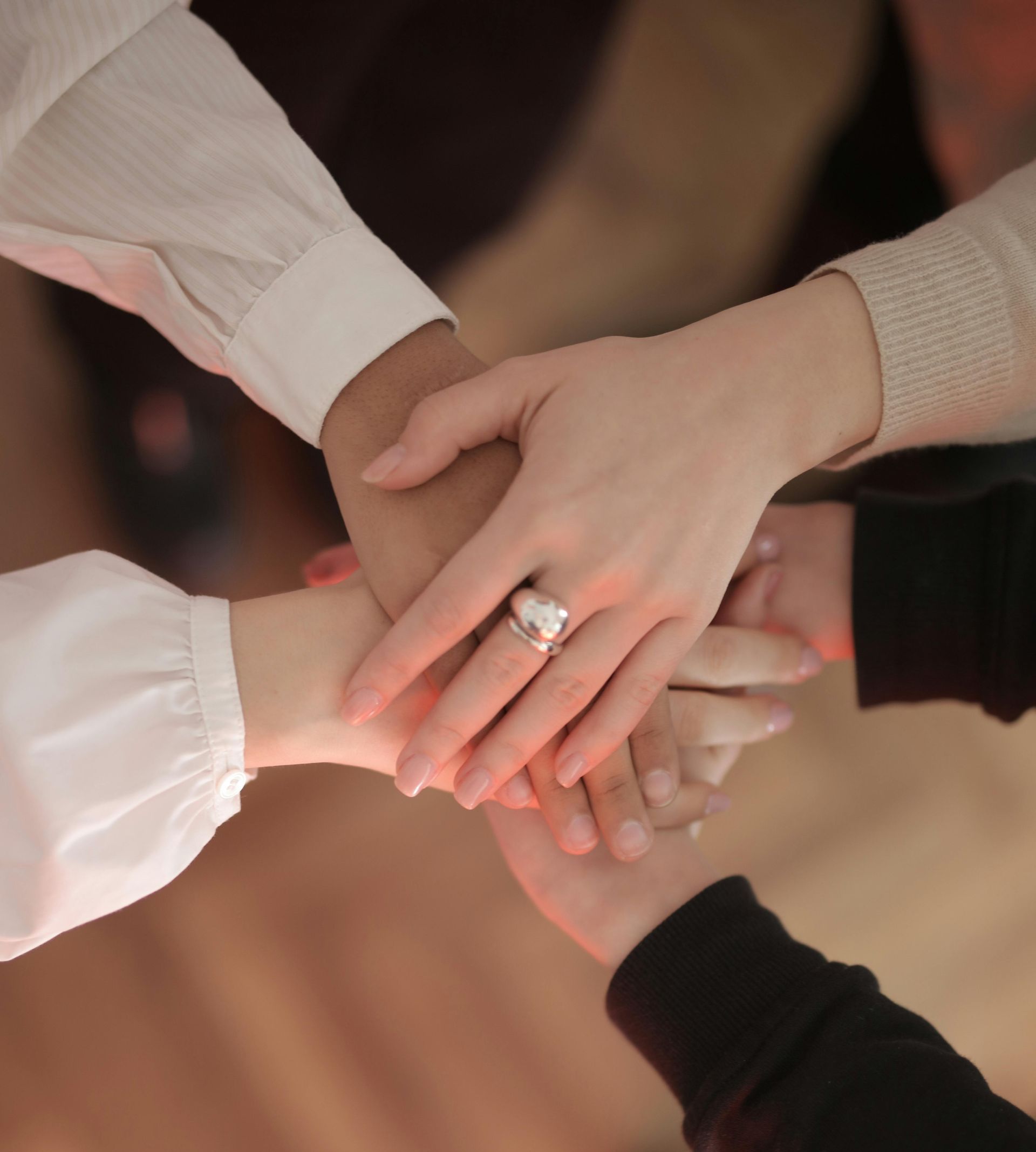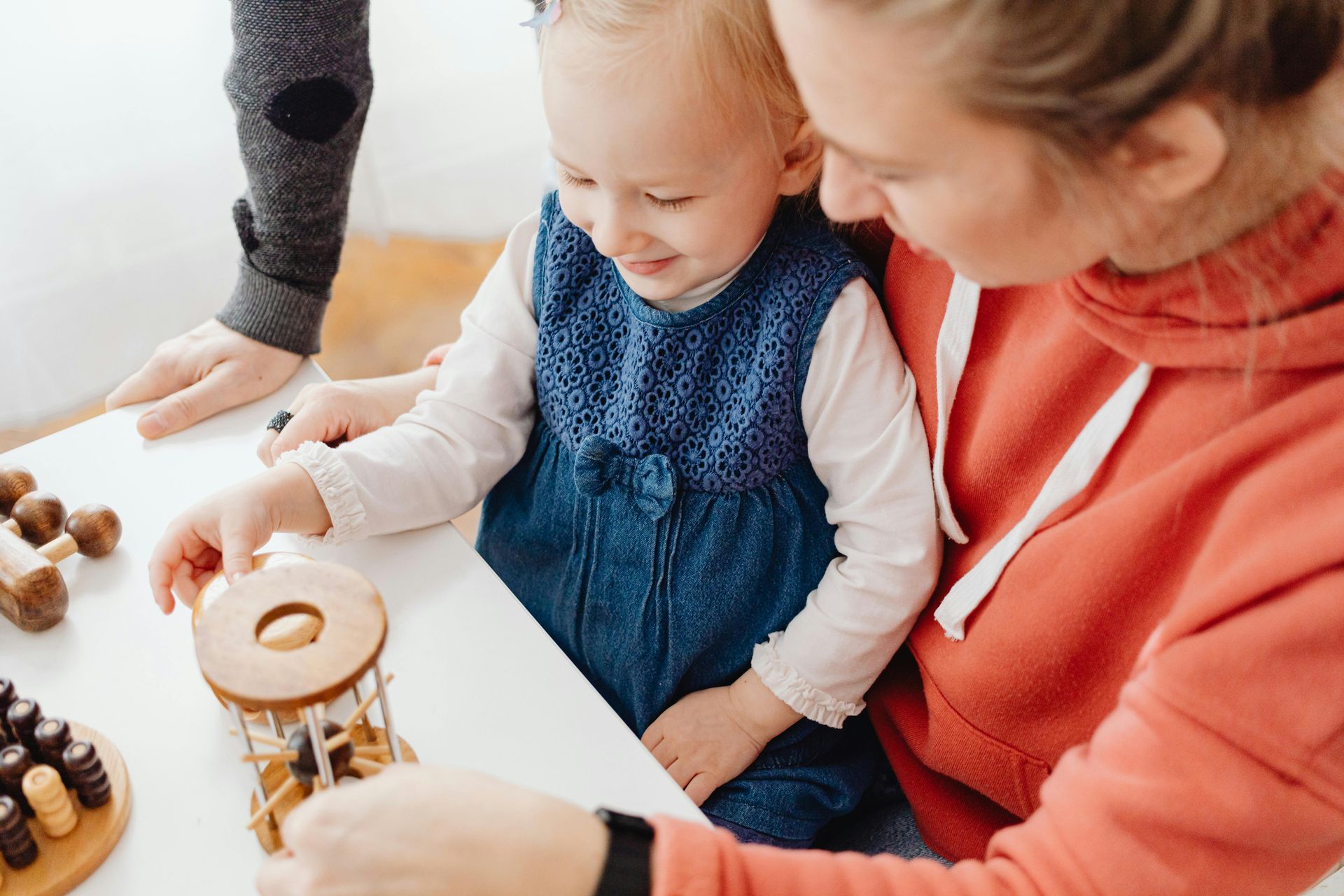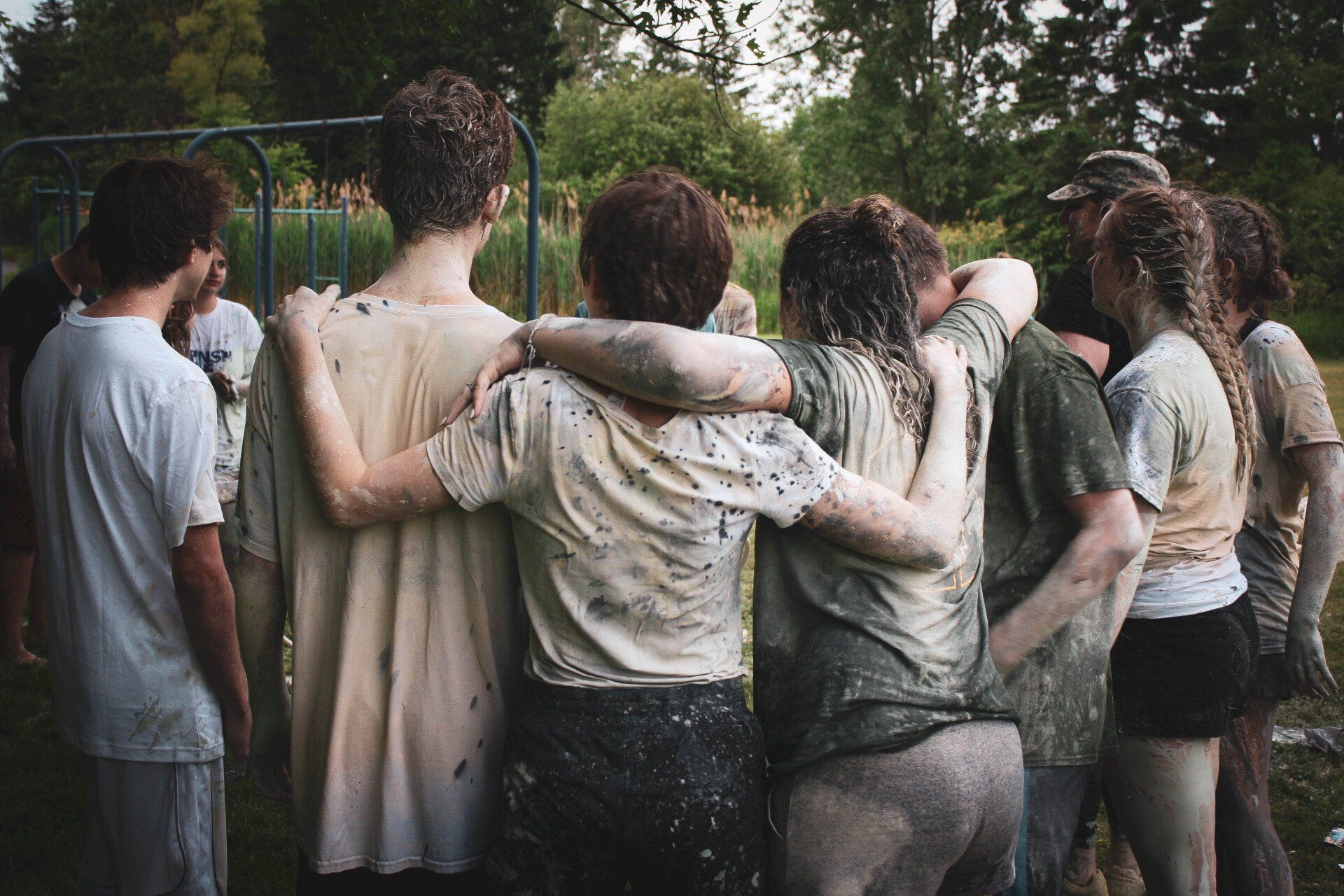How to Fall-Proof Your Home to Protect the Elderly
How to Fall-Proof Your Home to Protect the Elderly
With average life expectancy only expected to increase in the coming decades, it is more important than ever before to consider ways to protect the elderly. Since elderly individuals are more prone to fall related injuries than other segments of the population, this is one of the places that you will want to start. Fall related injuries can lead to a traumatic brain injury. If you may potentially have your elderly either living with or spending a great deal of time in your house in the future, it is important to take certain steps now to protect them from a debilitating brain injury.
Safeguarding the Bedroom
Teenagers and the elderly often spend a majority of their time in the bedroom. While teenagers may not fall very much, there are numerous hazards in the bedroom that you need to be aware of when it comes to the elderly. Here are three key areas that you want to be aware of:
- Consider the location of lamps and telephones – The elderly need lamps and telephones. These need to be placed in areas that are close to the bed and are easy for them to reach from nearly any position in the room.
- Clothes – Again, clothes should be placed in the closet in strategic locations. Make it easy for them to get to each article. Do not place important items on the floor or too high in the closet where the elderly cannot easily get to them.
- Use a night-light – The elderly still crave their independence, and this includes being mobile at night. Make sure that you install a visible nightlight in their room so that they can see where they are going without having to look for a light switch.
These three simple changes will make the bedroom a safer place for the elderly and minimize the chance that a fall leading to a traumatic brain injury could occur.
Examine the Living Room
The elderly desire to feel a part of the family. This is also important, as grandchildren want to be around their grandparents as much as possible. That being said, there are many potential hazards to consider in the living room.
- Re-arrange the furniture – While young adults and children can hop over furniture and make room for small pathways, the elderly cannot. This is how many of them end up falling and hurting themselves. You will want to re-arrange the furniture in your living room so that there are clear pathways for older individuals to walk through. A good rule of thumb is to make sure there is enough room for a walker to get through.
- Make sure rugs do not slip – Many rugs move when you walk over them. For younger people, this is not an issue because balance is easily established. However, this can easily throw an older person off balance and cause them to fall. You will want to either remove all throw rugs in the area or make that they have non-slip backing tape on them.
- Buy furniture that sits high off the ground – If you have low-sitting chairs or sofas, make them off-limits to the elderly individuals in your home. In their place, put in chairs that sit high off the ground and make it easy for them to stand back up from a sitting position.
These simple changes in the living room will make your living room a much safer place for the elderly in your home.
Summary
While we talk about dealing with the effects of a traumatic brain injury after it occurs, it is equally important to keep one from occurring in the first place. This is especially important for the elderly, as it is increasingly difficult for them to recover from such an injury. If you are caring for an elderly individual in your nuclear or extended family, make sure that you do your part to create a fall-proof living environment. This will help prevent many of the traumatic brain injuries that could otherwise occur.
The post How to Fall-Proof Your Home to Protect the Elderly appeared first on Flourish Supportive Living Assisted Living for Brain Injury.













